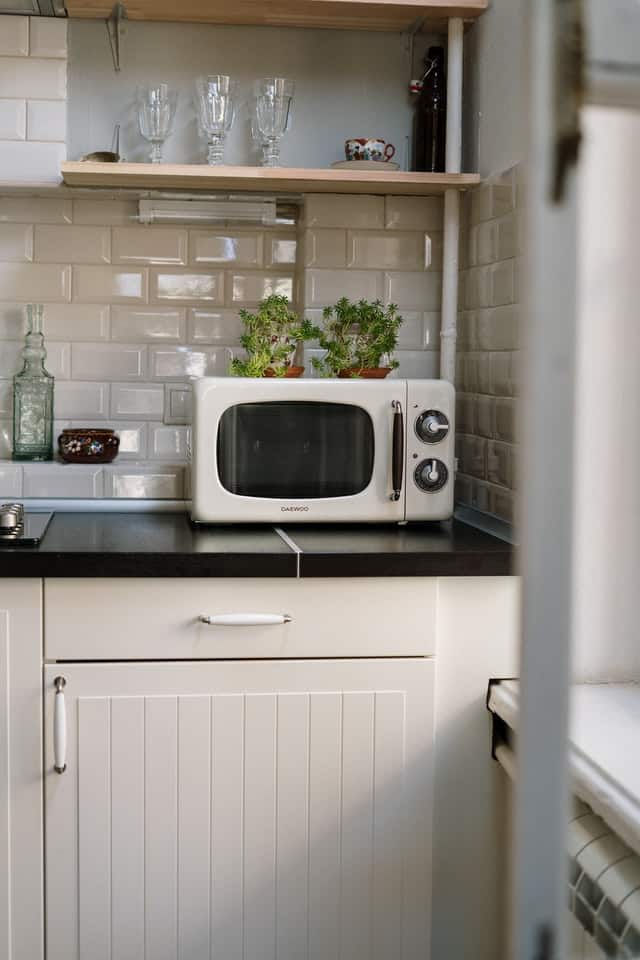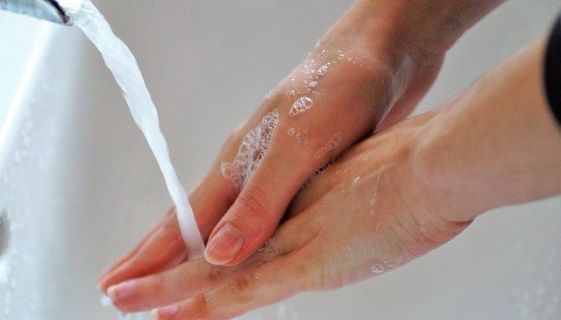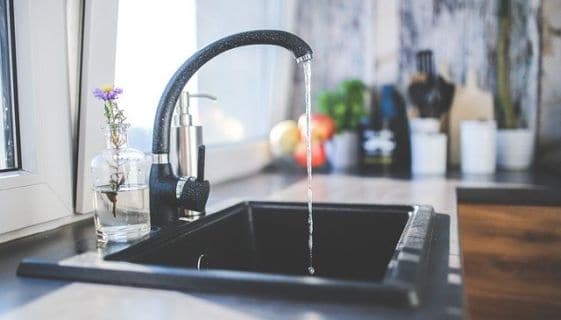Are microwaves safe? As with many things – the answer is, “It depends.” Most of our many appliances and gadgets come with specific directions for proper use and safety. So, just like we shouldn’t stick our fingers into a beating mixer blade, we should also take certain precautions when using a microwave oven.
Microwaves and electromagnetic radiation
Microwaves use invisible electromagnetic radiation waves to generate heat. There’s that scary word – radiation. But not so fast. There is a spectrum of electromagnetic radiation waves (normally called electromagnetic fields or EMFs), starting with low frequency (like radio waves), all the way up to, yes, radioactive sources.
Along this spectrum of frequency, we have TVs, cell phones, microwaves, satellites and X-rays. In microwave ovens, these EMF waves cause the molecules in food and beverages to vibrate, which results in heat. Think of it as akin to the heat you generate when you rub your hands together fast.
(Source: Image from emfrf.com)
Electromagnetic radiation and our health
You may have heard chatter about the dangers of EMFs, particularly from cell phone use. There is disagreement among scientists about the safety of EMFs, particularly with respect to cancer. But there is enough research raising red flags about EMF exposure to cause the International Agency for Research on Cancer (IARC) to classify non-ionizing EMFs as a “possible human carcinogen”. Some scientists think there is enough research to indicate even stronger concern.
Unfortunately, this area of research is heavily influenced by the cell phone industry. Their research typically concludes that cell phone radiation is safe and that there is “insufficient proof” of any danger. But there is such a thing as “funding bias”–that is, the tendency of research to be structured and analyzed in a way that supports the bias of the funder. It’s important to consider the source.
While electricity has been around us and in our homes for at least 100 years without much concern, we now live in a highly digital age. We have not, before recently, had EMFs right next to our brain, as we do in cell phone use. Does the dose make the poison? Perhaps–we don’t really know for sure. In a situation where there is insufficient information, the Anticancer Lifestyle Program recommends adopting the Precautionary Principle, meaning, better to be safe than sorry.
Distance from the source of the EMFs is your friend. Exposure to EMFs decreases exponentially with distance. For instance, the majority of the decrease happens immediately, within inches away from a device, such as a microwave. As the distance increases, the decrease is not as dramatic and the curve flattens out. Think of it as a hockey stick curve going downward and then outward.
This chart suggests safe distances (in meters, which approximate yards) from various EMF sources, including microwaves.
(Source: Al-Habahbeh, Osama & Yamin, Anas & Naji, Haitham & Qasem, Mohamed. (2018). Assessment of the Local Levels of Exposure to Electromagnetic Field and Radio Frequency. 4. 143-150.)
Debunking some myths around microwaves
Many myths surround microwave ovens—such as that they can make food radioactive, or cause cataracts. Luckily, science has weighed in, and the safety of properly used microwave ovens is well-established. Also, bear in mind that microwaves use a lot less electricity than stoves and ovens. So, they can be better for both the environment and your wallet.
There has been some concern that microwaves destroy the nutrients in the foods. The science is clear that microwaving maintains nutrient values on par with steaming. From a nutrient standpoint, both microwaving and steaming are much preferred over boiling. In fact, some nutrients are enhanced by microwaving.
Special considerations when using microwaves
There are a couple of important health and safety issues to consider when using a microwave oven:
- Microwaves heat differently than conventional ovens; they heat from the inside out. Foods can become deceptively hot, so always be careful to check the temperature carefully before consuming. You can test the temperature with your finger or take a small portion and slowly test it with your tongue. Just avoid taking a big bite way into the mouth. When heating liquids, be careful to not overheat. Stirring is a good idea. Sometimes an innocent-looking mug of hot water can suddenly burst into bubbles and cause burns. Try to gauge the appropriate time for each item.
- And then there is plastic. The food and plastics industry claim it is safe to microwave in plastic containers. It is not. Period. All plastics have the potential to leach chemicals and microplastics, especially under heated conditions such as a microwave. Many of these chemicals have yet to be identified but studies have shown that they can act as hormone disruptors, meaning they can disrupt the hormone systems in our bodies. Even if you buy pre-made foods in plastic, simply remove the food and place it on a microwave-safe glass or ceramic plate. If you need a cover, use a bowl or plate – avoid plastic wrap. Never use metal in a microwave.
Tips for using your microwave safely
- Step back about between 3-6 feet while the machine is on.
- Try to avoid EMF leaks from your microwave. One way to do this is to have a newer machine. Older ones might be susceptible to leaking since the doors, hinges and seals can loosen or become damaged over time. Also, try to keep the door area clean to maintain a good seal.
- Stop the oven before opening the door. This decreases the likelihood of leakage. As you can see in the chart above, microwaves are not the only devices that generate EMFs. In fact, anything that is “on” and using electricity is producing EMFs. So, microwaves are in good company. Remember the Precautionary Principle, and that distance is your friend.
- Beware of extremely hot foods and beverages.
- Use only microwave-safe glass or ceramic plates, cups, and bowls – never plastic.
Be sure to download our free eBook, The Healthy Kitchen: Reducing Toxins and Chemical Exposures.



 Deborah deMoulpied
Deborah deMoulpied 



